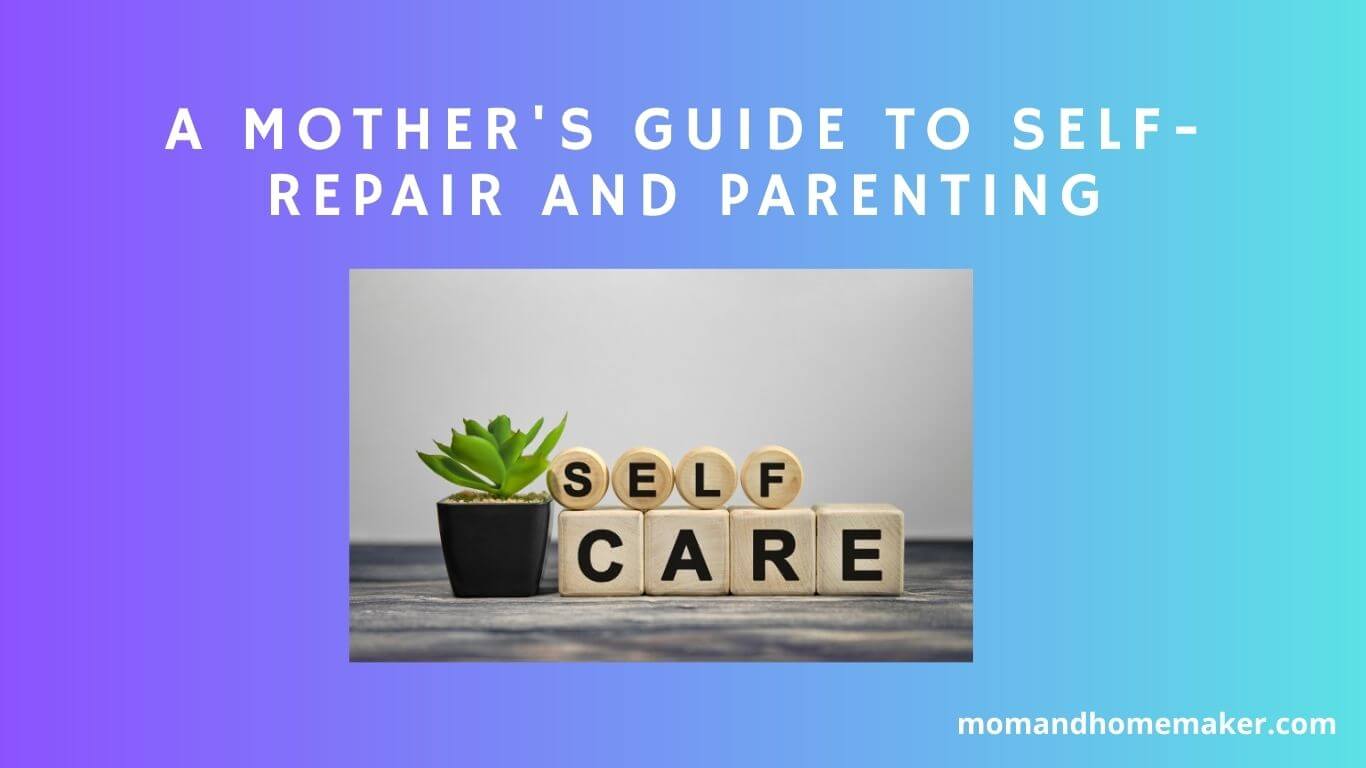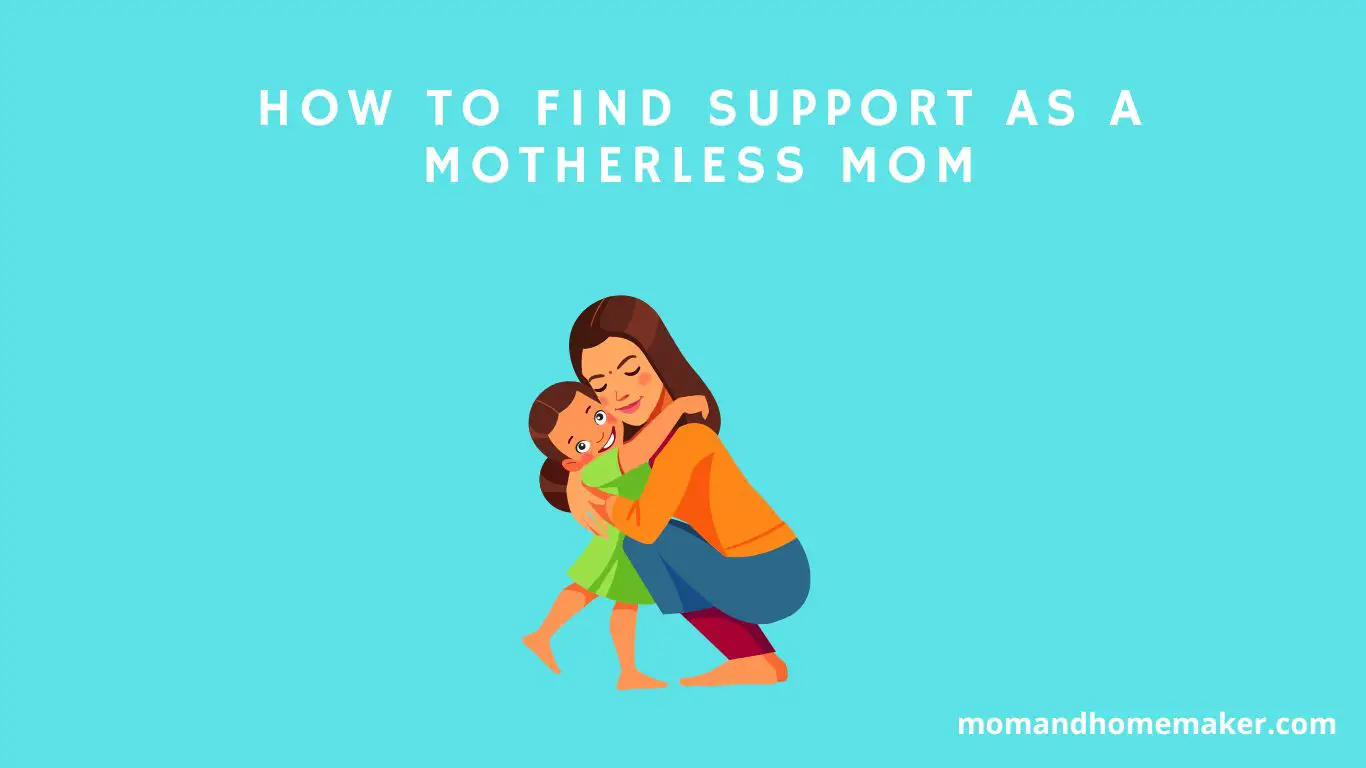Navigating the financial challenges of single parenthood can feel like walking a tightrope. Balancing bills, childcare expenses, and everyday needs may seem overwhelming, but there are practical strategies to not just get by but to thrive in this role.
By utilizing smart budgeting methods and finding creative ways to make the most of your resources, you can lighten the load and build a more secure financial future for yourself and your child.
Budgeting Tips for Single Moms
Managing your finances as a single mom requires creating a detailed budget that covers all your expenses and income sources. Start by listing your monthly expenses like rent, utilities, groceries, transportation, and debts.
Don’t forget to include irregular costs such as car maintenance or medical bills. Compare your expenses to your income from sources like child support, alimony, or side jobs to see if adjustments are needed.
Meal planning is a smart way to save time and money. Make a weekly meal plan and shopping list to avoid extra trips to the store and resist the urge to eat out frequently. Batch cooking and freezing meals can also save you time and money on busy days.
Consider finding ways to boost your income with side gigs like freelancing, selling crafts online, or tutoring. Including this extra income in your budget can provide a financial cushion.
By being proactive and strategic with budgeting, meal planning, and side hustles, you can navigate the financial challenges of single motherhood more effectively.
Saving on Essential Expenses
As a single stay-at-home mom on a budget, it’s crucial to find ways to save on essential expenses for financial security. Here are three practical tips to help you effectively save money:
- Meal Planning: Planning meals ahead of time is a fantastic way to cut down on grocery costs. By creating a weekly meal plan and shopping list based on discounts and coupons, you can avoid impulse buys and minimize food waste. Cooking in batches and freezing leftovers can also save you time and money, ensuring your family enjoys home-cooked meals without overspending.
- Thrifty Shopping: Thrift stores are a goldmine for affordable clothing, household items, and furniture. You can find gently used items at a fraction of the cost of new ones. Keep an eye out for sales or discount days at thrift stores to maximize your savings. By embracing thrift shopping, you not only save money but also help reduce waste by giving pre-loved items a new home.
- Comparison Shopping: Before making essential purchases, take the time to compare prices online and in-store. Look out for deals, and discounts, and consider opting for generic brands for certain items. Utilize websites and apps that compare prices to find the best deals available, ensuring you get the most value for your money. Being a savvy shopper can help stretch your budget further and save significantly on essential expenses.
Generating Additional Income Streams
Diversifying your income streams can bring stability and flexibility to your finances as a single stay-at-home mom. One way to boost your income is by taking on freelance projects. Use your skills in graphic design, writing, social media management, or virtual assistance to find opportunities on platforms like Upwork, Freelancer, and Fiverr that suit your abilities and schedule.
Another option to consider is online tutoring if you excel in a subject or have teaching experience. Platforms such as VIPKid, Chegg Tutors, and Tutor.com provide chances to help students academically while setting your own hours and working from home. This can be a convenient way for stay-at-home moms to earn extra income.
Utilizing Government Assistance Programs
Government assistance programs offer vital support for single stay-at-home moms seeking financial relief. To make the most of these programs, consider these key points:
- Eligibility Requirements: Before applying, ensure you meet the eligibility criteria, which typically include factors like income, household size, and specific needs. Meeting these requirements increases your chances of receiving assistance.
- Application Process: Understand the application process thoroughly. Gather all necessary documents, like proof of income and identification, and submit accurate information within deadlines to expedite the process.
- Seek Assistance: If the application process seems daunting, seek help from local community centers, social workers, or online resources. These resources can guide you through applications and help you understand available programs. Don’t hesitate to ask for support—it’s there to assist you.
Maximizing Childcare Cost Savings
As a single stay-at-home mom, it’s essential to find ways to save on childcare costs. Researching affordable childcare options like local daycare centers, family daycare providers, or nanny-sharing opportunities can make a significant impact on your budget.
You can also explore low-cost childcare services offered by community centers or churches. Connecting with other single parents in your area for co-op arrangements, where you take turns looking after each other’s children, is another cost-effective option.
Creating a budget-friendly routine can help minimize childcare expenses. Plan your days strategically to reduce the need for full-time care. Consider part-time or drop-in childcare options that fit your schedule. If you have family members nearby, they might be willing to help out on certain days. Another idea is to exchange babysitting services with a trusted friend or neighbor.
Additionally, consider flexible work arrangements that allow you to work from home or adjust your hours to reduce the time your child needs to be in childcare.
Some companies offer telecommuting options or flexible schedules that could be beneficial for you. By being proactive in seeking affordable childcare solutions and adjusting your routine, you can effectively maximize your savings as a single stay-at-home mom.
Building an Emergency Fund
Prioritizing your financial security as a single stay-at-home mom, it’s crucial to focus on building an emergency fund to handle unexpected expenses. Establishing an emergency fund goes beyond just saving money; it’s about creating financial resilience and security for you and your children.
Here are three key points to help you understand the importance of having an emergency fund:
- Safety Net: An emergency fund acts as a safety net during tough times, offering a sense of security and peace of mind. It helps prevent you from going into debt when unexpected costs like medical emergencies or car repairs arise.
- Rainy Day Savings: By consistently adding to your emergency fund, you’re preparing for unforeseen circumstances that could affect your financial stability. Aim to save enough to cover three to six months’ worth of living expenses to ensure you can handle any financial challenges that may come your way.
- Financial Stability: Building an emergency fund is a proactive step towards financial stability. It shows your dedication to securing a better future for your family, enabling you to navigate tough times confidently.
Cutting Down on Non-Essential Spending
Once you’ve built up your emergency fund, it’s time to review your expenses and cut back on non-essential spending to bolster your financial security.
One effective way to do this is by planning your meals ahead of time and creating a detailed shopping list to avoid impulse purchases and minimize food waste, which can help you save money on your monthly grocery bills.
Another strategy to reduce non-essential spending is to tackle more do-it-yourself home projects and repairs instead of hiring professionals for every task.
You can find plenty of online tutorials and resources to guide you through simple repairs and projects, saving you money that would otherwise go towards hiring someone else. By taking these steps, you can strengthen your financial stability and make the most of your resources.
Investing in Financial Education
Investing in your financial education is key to empowering yourself with the knowledge and skills necessary to make informed decisions about managing your finances effectively. As a single stay-at-home mom, understanding fundamental concepts in financial literacy and investment strategies can significantly impact securing your financial future.
Here are three crucial aspects to consider:
- Financial Literacy: Educate yourself on basic financial principles such as budgeting, saving, and different types of investments. This knowledge will equip you to confidently navigate various financial decisions.
- Retirement Planning: Start planning for your retirement early, even with limited resources. Consider options like opening a retirement account or investing in long-term savings plans to build a secure financial cushion for the future.
- Wealth Building: Seek opportunities to gradually grow your wealth over time. Learn about diversified investment portfolios, real estate investments, or other strategies that align with your risk tolerance and financial goals.
Exploring Work-From-Home Opportunities
When exploring work-from-home opportunities, it’s essential to assess your skills and interests to find the right fit for your situation. Freelance gigs and remote job options offer flexibility and a way to earn money while balancing family responsibilities. Consider the following work-from-home options based on your strengths and preferences:
| Type of Work | Description | Required Skills |
|---|---|---|
| Virtual Assistant | Help with remote administrative tasks for businesses | Organizational skills, computer proficiency |
| Content Writer | Craft written content for websites, blogs, or social media | Writing skills, research abilities |
| Online Tutor | Educate students in various subjects via video calls | Teaching expertise, subject knowledge |
Negotiating Bills and Contracts
Managing your finances as a single stay-at-home mom involves effectively negotiating bills and contracts to make a positive impact on your budget and savings. Here are three key tips to help you navigate this process efficiently:
- Saving on Utilities and Subscriptions: Reach out to your utility providers and subscription services to explore potential discounts or promotions. Many companies offer special rates for individuals facing financial challenges, so don’t hesitate to discuss your situation and request better deals. Additionally, consider downsizing or canceling services that you don’t use frequently to lower your monthly expenses.
- Smart Contract Renewal: Before renewing any contracts, such as phone plans or insurance policies, research competitors’ offers to leverage better deals. Armed with this information, approach your current providers to negotiate more favorable terms. Remember, loyalty doesn’t always guarantee the best rates, so be open to switching providers if it means significant cost savings.
- Proactive Monitoring and Awareness: Regularly review your bills and contracts to identify unnecessary charges or sudden price increases. Being proactive in monitoring your expenses enables you to address any discrepancies promptly and avoid overpaying for services. Stay informed about industry trends and changes to ensure you always receive the best value for your money.
Harnessing the Power of Coupons and Deals
As a single stay-at-home mom, you can make the most of your budget by using coupons and deals to save money. Meal planning is key to cutting down on grocery expenses. Look for coupons in newspapers, online, or on store apps like Coupons.com or Ibotta for discounts on items you need.
In addition to traditional coupons, you can earn extra cash or gift cards by taking online surveys on websites such as Swagbucks or Survey Junkie. This extra income can help cover essentials or be saved for emergencies.
When shopping, keep an eye out for special deals and promotions. Many stores offer loyalty programs with exclusive discounts or cashback options. Signing up for newsletters or following brands on social media can also give you access to limited-time offers.
Every dollar saved can make a difference for your family’s financial stability. By being proactive in seeking out coupons and deals, you can have a significant impact on your finances as a single stay-at-home mom.
Setting Realistic Financial Goals
When establishing financial goals as a single stay-at-home mom, it’s essential to set achievable objectives that match your situation and aspirations. Realistic financial goals are key to your financial well-being and peace of mind.
Here are three crucial steps to guide you through this process:
- Assess Your Finances: To begin, evaluate your current financial status. Calculate your monthly expenses, such as bills, groceries, childcare, and other necessities. Compare this with your income or any financial assistance you receive to understand your financial standing clearly.
- Set SMART Goals: Define both short-term and long-term financial goals. Short-term objectives could involve creating an emergency fund or paying off credit card debt, while long-term goals might include saving for your child’s education or retirement. Ensure your goals are Specific, Measurable, Achievable, Relevant, and Time-bound (SMART).
- Develop a Budget: Construct a budget that reflects your financial objectives. Prioritize essential expenses and identify areas where you can reduce non-essential spending. Monitor your expenditures regularly to stay within your budget and make progress towards achieving your financial goals.
Leveraging Community Resources
To strengthen your financial stability and find support as a single stay-at-home mom, it’s beneficial to tap into the resources available in your community. Community connections and shared resources can be invaluable in navigating the challenges of single parenthood. By engaging with your community, you can access various support systems that can ease your financial strain and provide emotional assistance when needed.
One effective strategy is to participate in local parenting groups or community centers. These groups often host events, workshops, and support sessions tailored for single parents. By getting involved in these gatherings, you can gain insights from experienced parents and establish a strong support network that can relate to your unique circumstances.
Another avenue to explore is reaching out to local charities or non-profit organizations that offer assistance to single parents. These organizations may offer food assistance, clothing donations, childcare support, or financial literacy programs to help you manage your finances effectively. Don’t hesitate to contact them to learn about the available services—they might offer more support than you expect.
Here’s a helpful guide to identifying potential community resources:
| Community Resource | Description | Contact Information |
|---|---|---|
| Local Parenting Group | Organizes events and workshops | [Email/Website] |
| Non-Profit Organizations | Offers food aid and childcare support | [Phone number/Website] |
| Community Centers | Provides support sessions and resources | [Location/Website] |
Seeking Support From Family and Friends
When facing the challenges of being a single parent, turning to your family and friends for help and support can make a significant difference. Your loved ones can offer you emotional support and practical assistance when you need it most.
Here are three ways seeking support from your family and friends can positively impact your journey as a single stay-at-home mom:
- Emotional Support: Don’t hesitate to share your feelings and experiences with your family and friends. Talking to them can help you feel less alone and more understood during tough times. Their listening ear and comforting presence can lighten the emotional load you may be carrying.
- Practical Assistance: Your support network can lend a helping hand with childcare, running errands, or tackling household tasks. Accepting their help isn’t a sign of weakness but a smart way to ensure you get the support you need to recharge and take care of yourself. Remember, it takes strength to recognize when you need assistance.
- Building Resilience: By leaning on your family and friends, you aren’t only lightening your responsibilities but also strengthening your resilience. Knowing that you have a supportive community behind you can boost your confidence and help you navigate the highs and lows of single parenthood with more ease.
Conclusion
Budgeting wisely, saving on essentials, and seeking support are key strategies for single stay-at-home moms to manage their finances effectively.
Setting realistic financial goals, utilizing community resources, and exploring additional income opportunities are crucial steps toward financial stability.
With determination and resourcefulness, single stay-at-home moms can provide for their families while navigating the challenges of solo parenting.
Stay strong, stay focused, and stay empowered in your role as a single stay-at-home mom. You can succeed in this journey.










